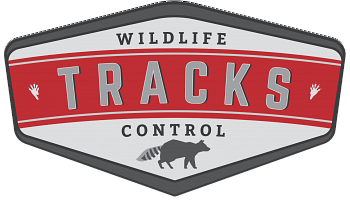Trapping and Relocating
We do not use live traps as our main method of controlling wildlife. There are many reasons why:
- Wildlife, especially raccoons, are becoming wary of traps, so in most cases you will not catch the target animal
- It is the slowest and most time consuming method of removal, often taking weeks
- Live traps are not animal specific, so you have no control over what is attracted into the trap (you might be targeting a raccoon, but end up catching a skunk)
- During baby season, only the mom will be trapped, leaving the babies behind to starve because they have no reason to go into a trap when they are nursing
- You have no idea if the animal in your trap is the one that is living up in your attic
- The smell of the food in the trap will attract more animals to your property
- It is illegal to relocate wildlife farther than 1km from the capture site
- Trapping and relocating spreads diseases much faster than they naturally would, if that animal is diseased
- Wildlife relocated with a litter of babies will almost always abandon those babies due to stress and lack of a den Companies that still use live traps as there main control method are poorly trained or educated in wildlife control or are simply just interested in making a quick buck, and will likely be at best a bandaid solution.
* The only time live traps are effective and useful is when there is an animal actually stuck inside the living space of your house, and is unable to find its way back to the entry hole. If we are unable to physically catch the animal with our hands, net or snare pole, we would then consider the use of a live trap.
